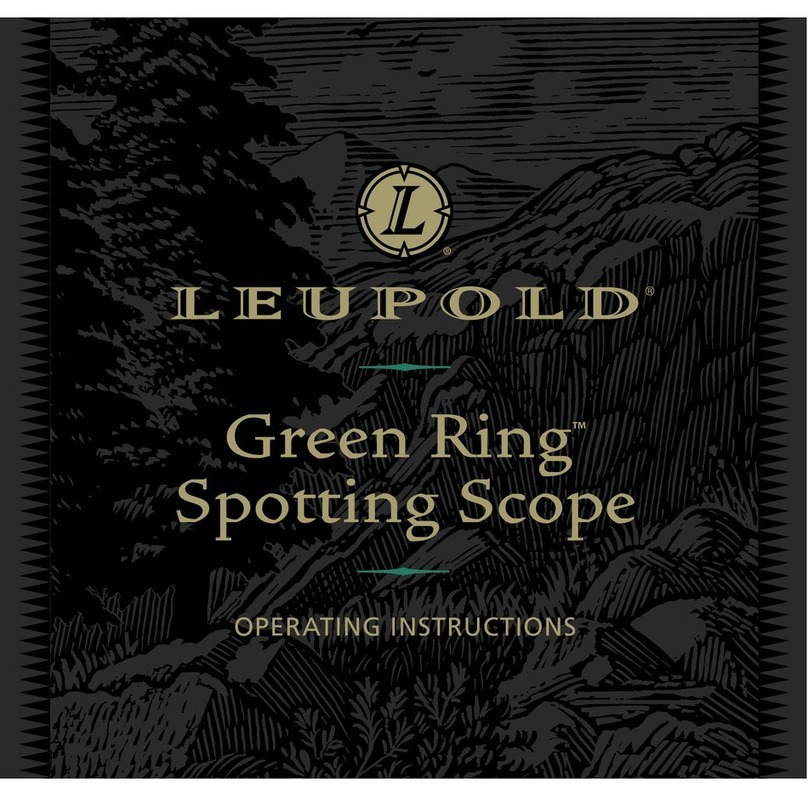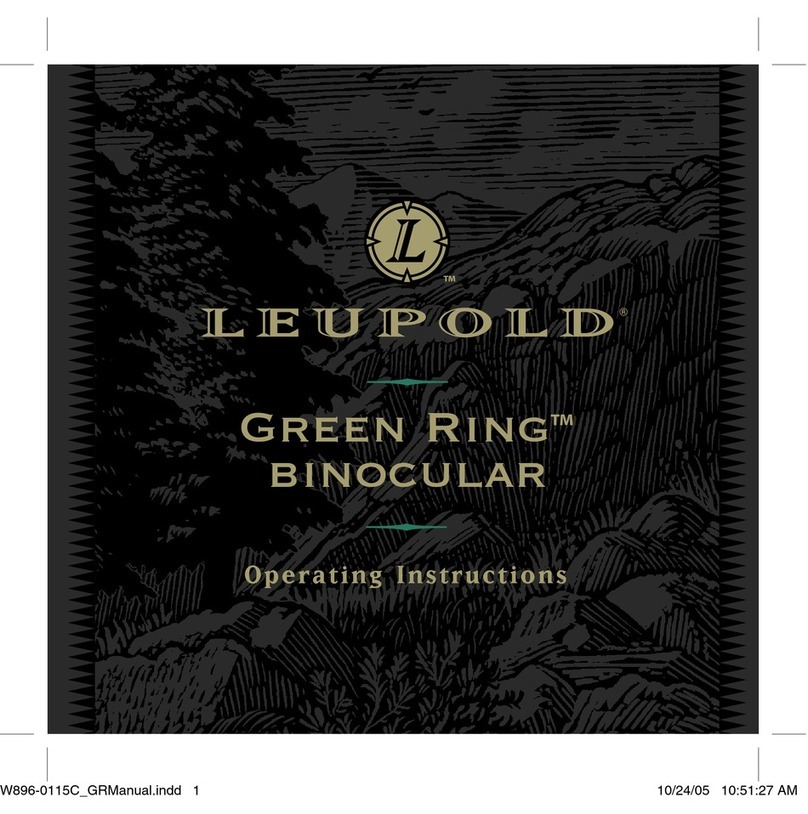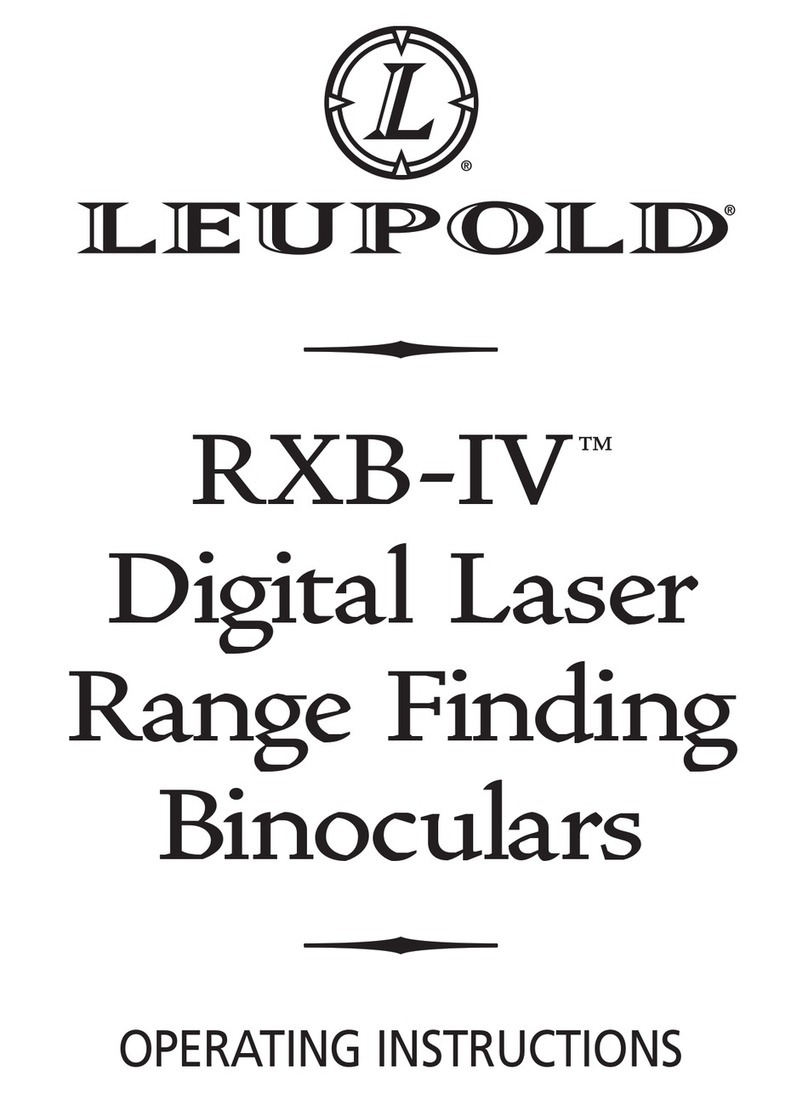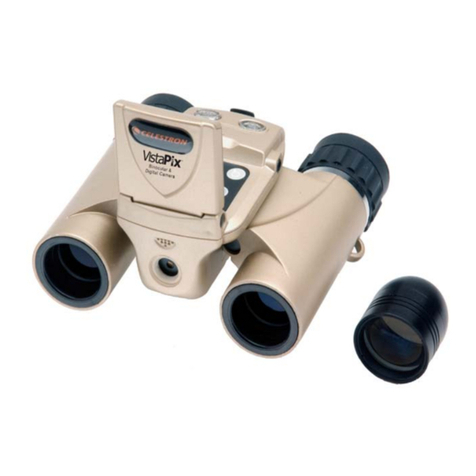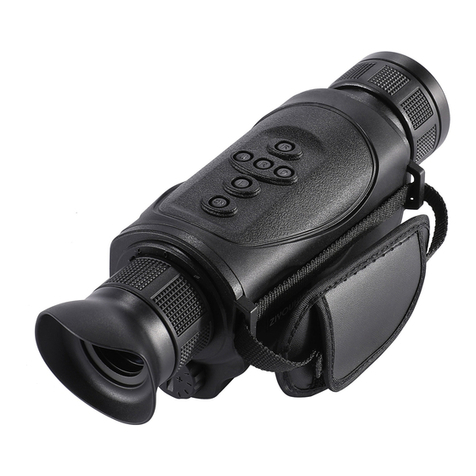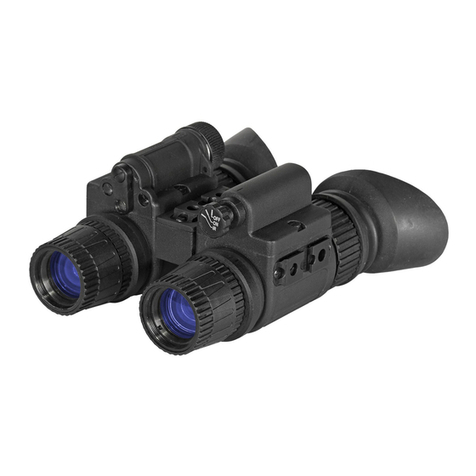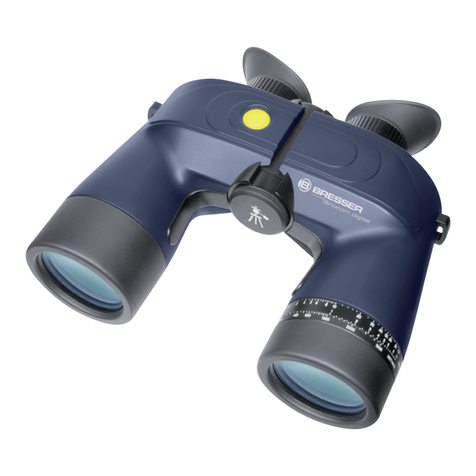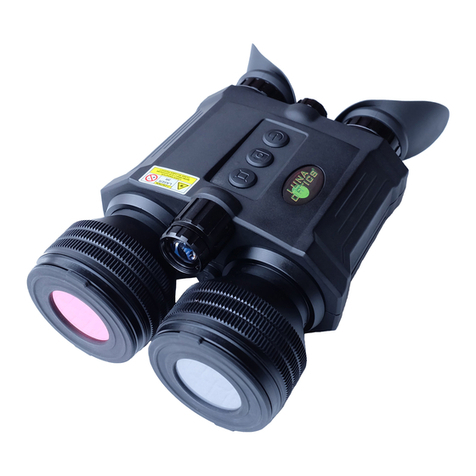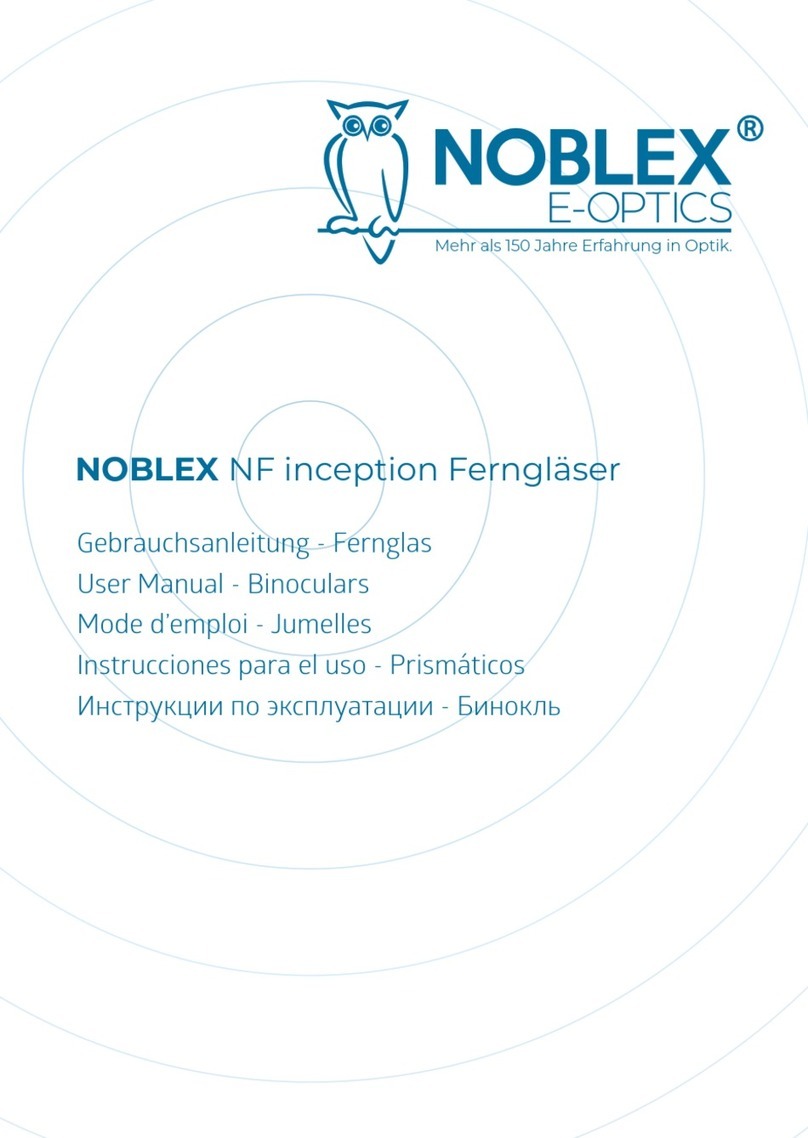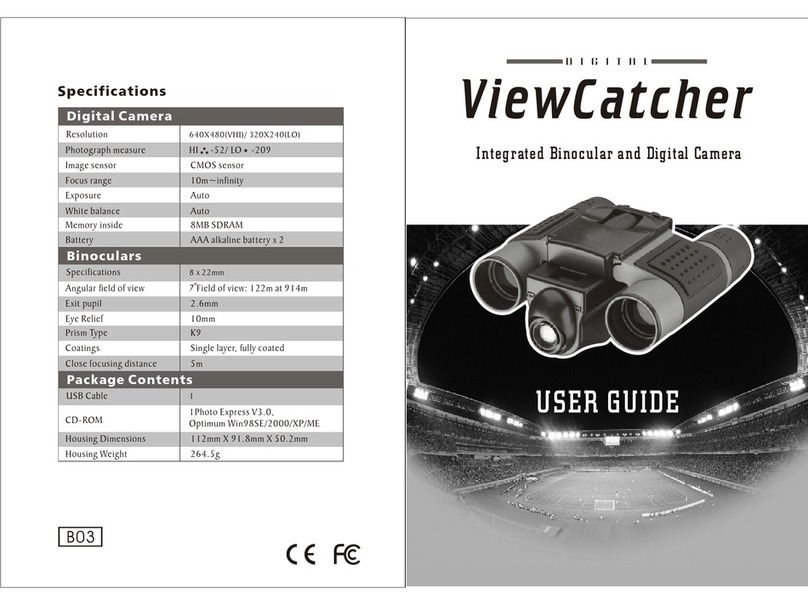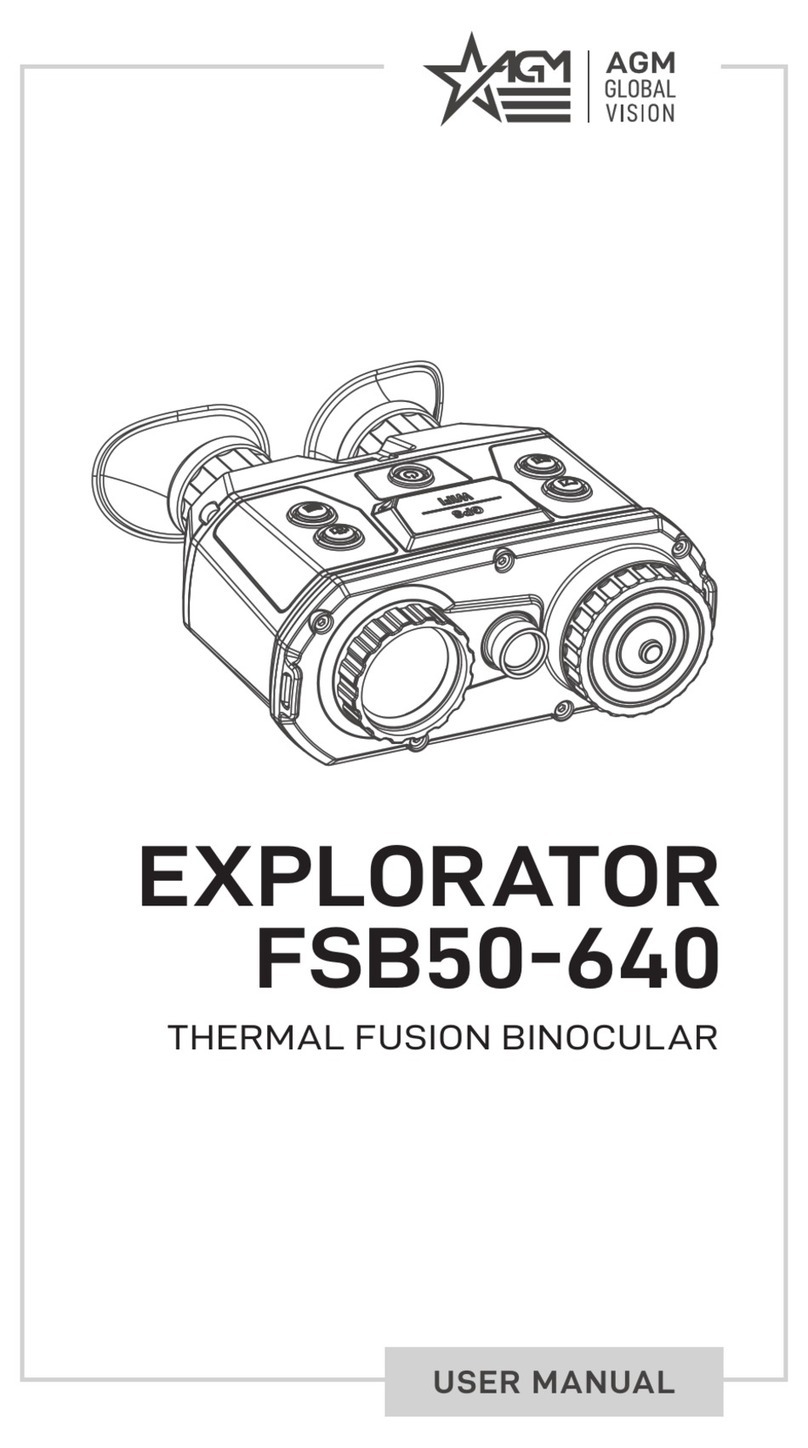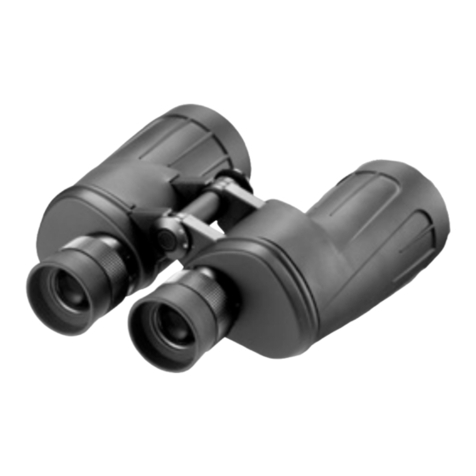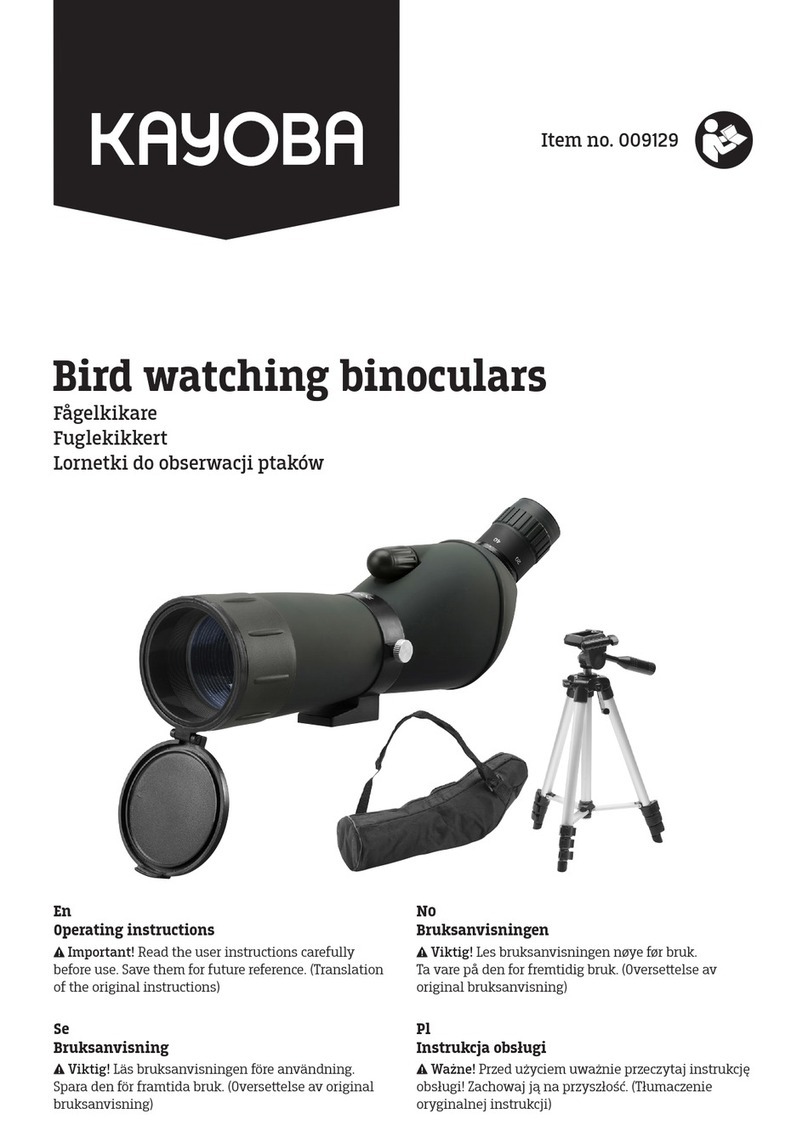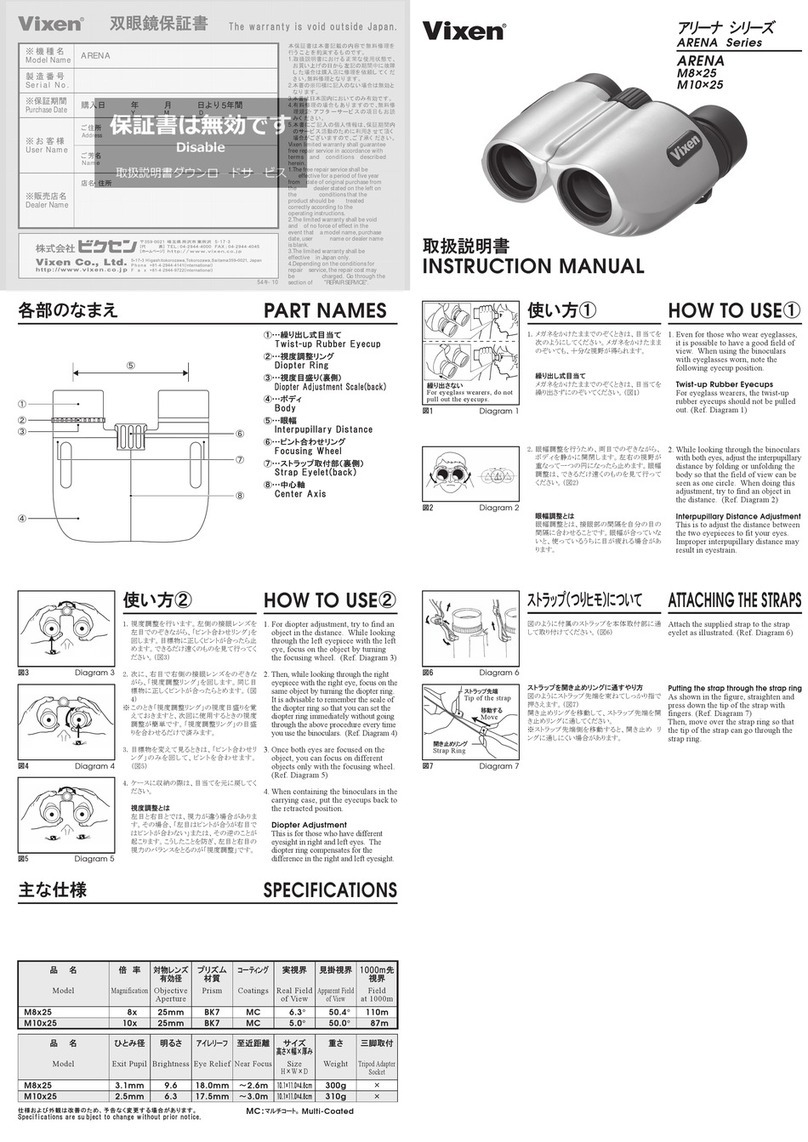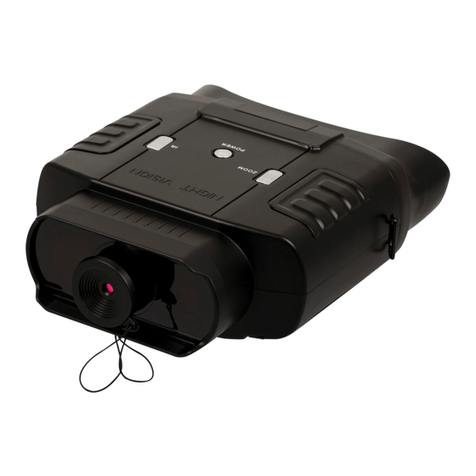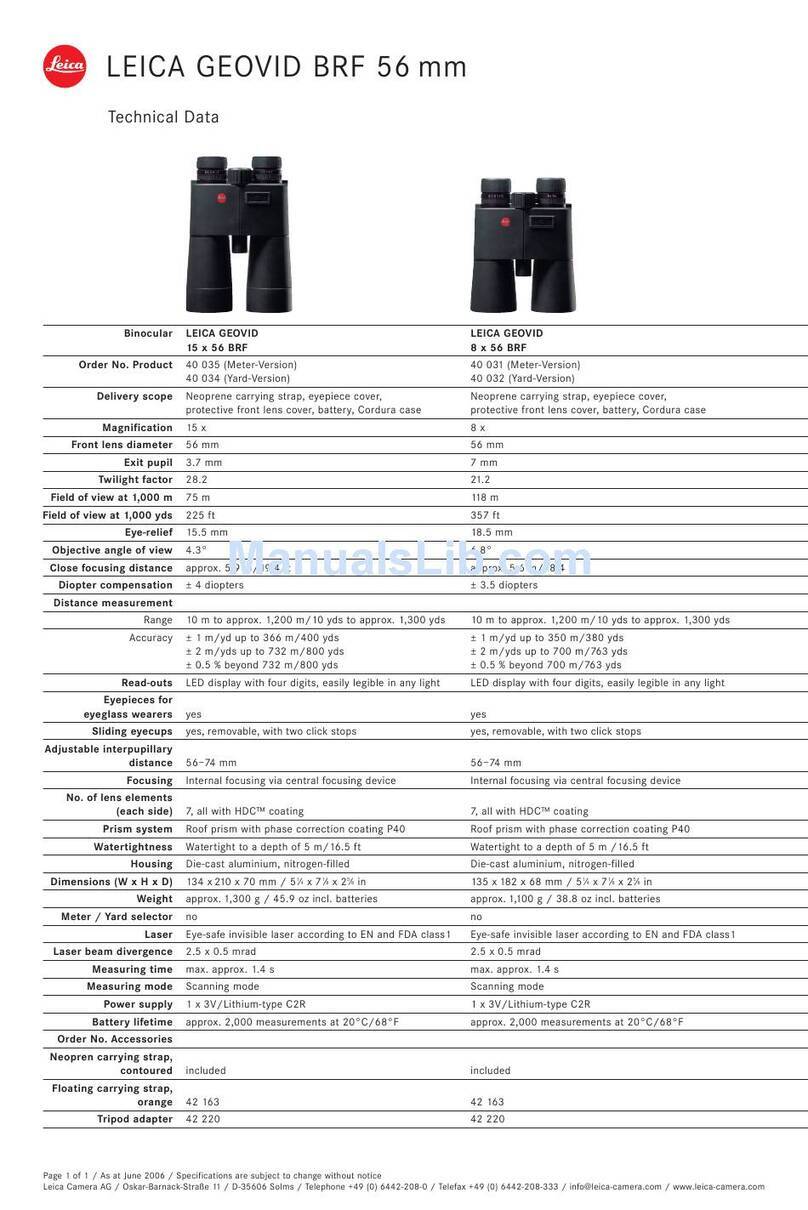Leupold & Stevens, Inc., PO Box 688, Beaverton, OR 97075-0688
14400 NW Greenbrier Parkway, Beaverton, OR 97006-5790 USA
Customer Service: (503) 526-1400
www.leupold.com
Leupold & Stevens, Inc. reserves all other rights. AXSYS; DESIGN ONLY (GOLDEN RING); DUPLEX; GOLDEN RING;
L AND DESIGN; LEUPOLD; LPS; MADE RIGHT, MADE HERE; MARK 4; MULTICOAT 4; PERFORMANCE STARTS ON THE INSIDE;
SCOPESMITH; THE HUNTER'S CLOSET; VARI-X; and WIND RIVER are registered trademarks of Leupold & Stevens, Inc., Beaverton,
Oregon. ADVANCED IMAGE OPTIMIZATION; CQ/T; GREEN RING; QUICK RELEASE; and VX are trademarks of Leupold & Stevens,
Inc., Beaverton, Oregon. Note: We reserve the right to make design and/or materialmodifications without prior notice.
Leupold products are manufactured under one or more of the following patents—U.S.: 4,393,595; 4,395,096; 4,408,842; 4,643,542;
5,035,487; 5,231,535; 5,671,088; 5,866,048; 6,005,711; 6,359,418; D347,441; D420,807; D421,286; D427,658. Foreign Patents: 374-
359; CA88472; CA1,253,381; DE69216763.3; DE-M9304093.8; EP0540368; SE55201. The ARD (anti-reflection device) is manufactured
by Tenebraex Corp. (U.S. Patent No. 4,929,055) under the name KillFlash, which is a trademark of Tenebraex Corp.
Printed in the U.S.A. This publication may not be reprinted or otherwise reproduced without the expressed written consent of Leupold &
Stevens, Inc. ©2002 Leupold & Stevens, Inc. All rights reserved. Printed on Recycled Paper.
P/N 54517


